In recent years, the demand for temporary architectural installations has surged, particularly in the context of festivals, cultural events, and urban interventions. These ephemeral structures serve as dynamic platforms for creativity, community engagement, and spatial experimentation. Unlike permanent buildings, temporary installations prioritize speed, adaptability, and often sustainability, making them a fascinating subject in contemporary architecture and design.
The concept of temporary architecture is not new, but its application in festive spaces has evolved significantly. Designers and architects now employ innovative materials and construction techniques to create immersive environments that captivate audiences while remaining functional for short-term use. From lightweight fabrics and modular systems to recycled materials and digital fabrication, the toolbox for these projects is both diverse and rapidly expanding.
Material Innovation and Sustainability
One of the most compelling aspects of temporary festive installations is the emphasis on sustainable practices. Many designers opt for materials that are either recyclable or biodegradable, reducing the environmental footprint of these short-lived structures. For instance, bamboo, a fast-growing and renewable resource, has become a popular choice due to its strength and flexibility. Similarly, recycled plastics and reclaimed wood are frequently repurposed to create visually striking yet eco-friendly installations.
Beyond material selection, the construction process itself often incorporates sustainable principles. Prefabrication, for example, allows components to be manufactured off-site and assembled quickly on location, minimizing waste and disruption. This method not only speeds up the build but also ensures precision and reduces the risk of errors during installation.
Speed and Efficiency in Construction
The transient nature of festivals and events demands that these structures be erected swiftly and dismantled just as quickly. To meet this challenge, architects have developed a range of rapid construction techniques. Modular systems, where standardized units are combined in various configurations, are particularly effective. These systems enable scalability and adaptability, allowing a single design to be tailored to different sites and purposes.
Another key strategy is the use of tensioned fabric structures. These lightweight forms can be deployed in a matter of hours, creating vast covered spaces without the need for heavy machinery or extensive foundations. The versatility of fabric also allows for dramatic lighting effects, enhancing the festive atmosphere. Meanwhile, advancements in digital design tools, such as parametric modeling, enable precise planning and optimization of materials, further accelerating the construction timeline.
Cultural and Social Impact
Temporary installations in festive settings often transcend their physical function to become cultural landmarks. They provide a canvas for artistic expression, reflecting local traditions or contemporary themes. In many cases, these structures foster social interaction, offering gathering spaces that encourage community participation and dialogue. For example, pavilions at international expos or pop-up installations in urban plazas frequently serve as hubs for performances, workshops, and informal meetings.
The impermanence of these structures also invites a sense of urgency and exclusivity. Visitors are drawn to experience something unique and fleeting, knowing it will soon disappear or transform. This temporal quality can amplify the emotional impact of the space, making it memorable long after the event has concluded.
Challenges and Future Directions
Despite their many advantages, temporary festive installations are not without challenges. Logistical issues, such as securing permits and managing site access, can complicate even the most well-planned projects. Weather conditions also pose a risk, particularly for lightweight or open-air structures. Designers must balance aesthetic aspirations with practical considerations, ensuring safety and durability without compromising creativity.
Looking ahead, the integration of technology is likely to play an even greater role in this field. Augmented reality (AR) and interactive elements could transform how visitors engage with temporary spaces, adding layers of digital interaction to physical environments. Meanwhile, advances in material science may yield new options for sustainable, high-performance building components.
Ultimately, the rapid construction of festive spaces through temporary installations represents a vibrant intersection of art, architecture, and engineering. As cities and event organizers continue to embrace these dynamic solutions, the boundaries of what can be achieved in short-term design will only expand, offering exciting possibilities for the future.

By /Jul 9, 2025
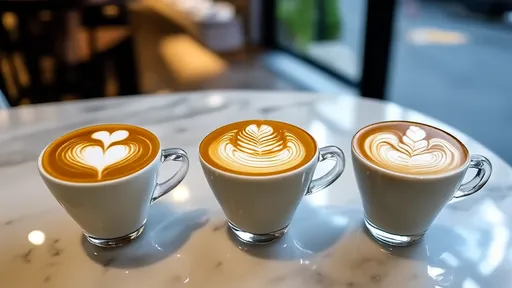
By /Jul 9, 2025
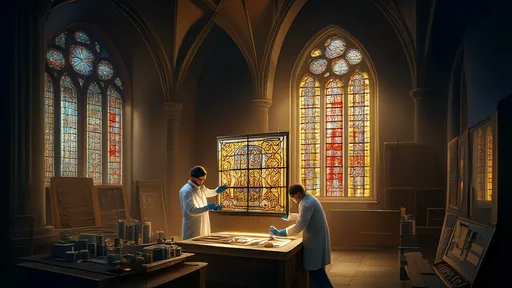
By /Jul 9, 2025
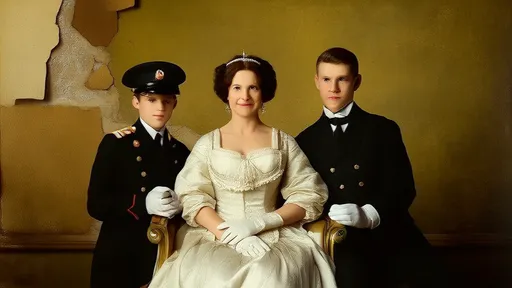
By /Jul 9, 2025
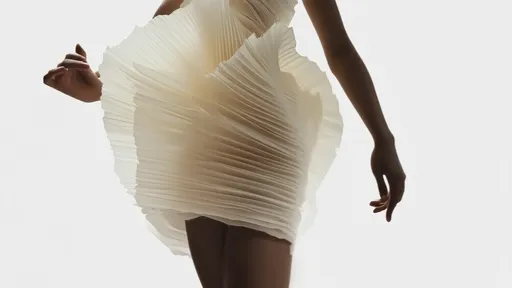
By /Jul 9, 2025
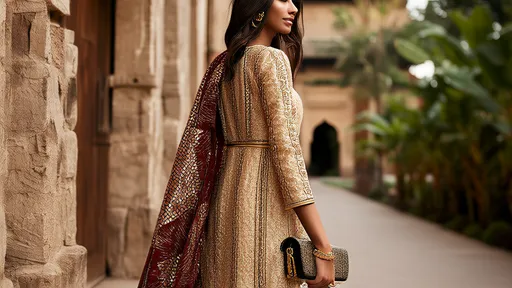
By /Jul 9, 2025

By /Jul 9, 2025
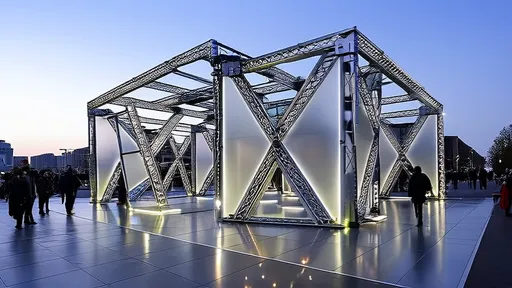
By /Jul 9, 2025
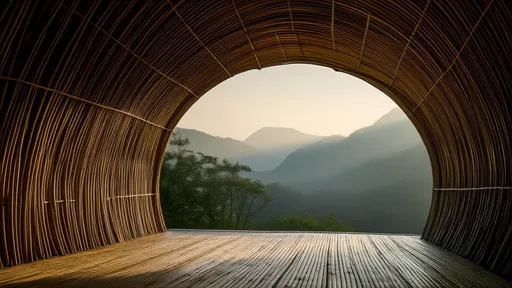
By /Jul 9, 2025

By /Jul 9, 2025

By /Jul 9, 2025
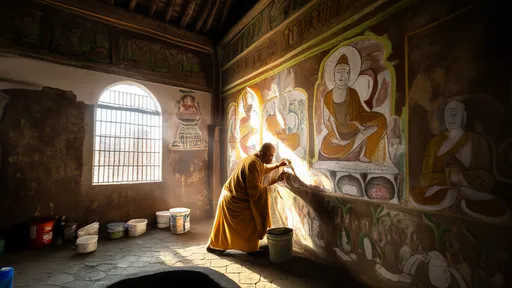
By /Jul 9, 2025
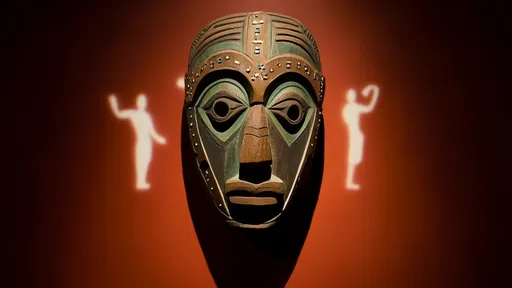
By /Jul 9, 2025
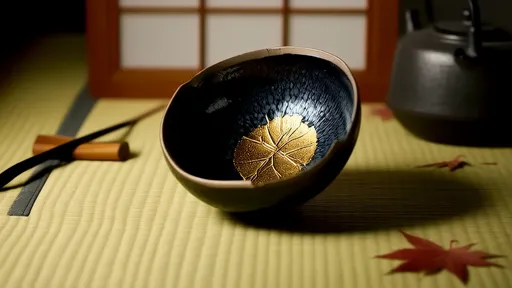
By /Jul 9, 2025

By /Jul 9, 2025
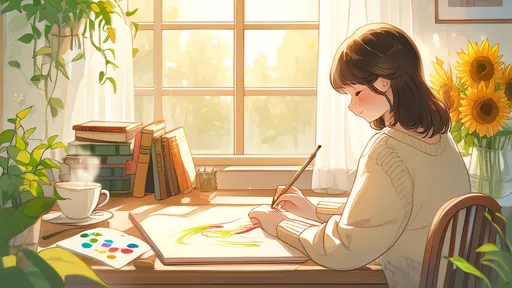
By /Jul 9, 2025
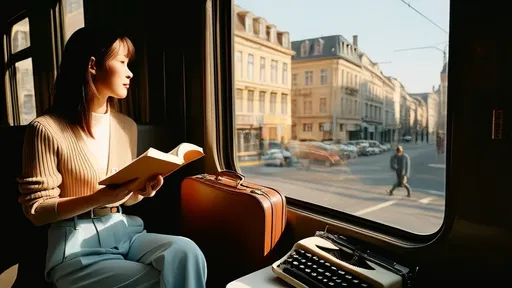
By /Jul 9, 2025

By /Jul 9, 2025